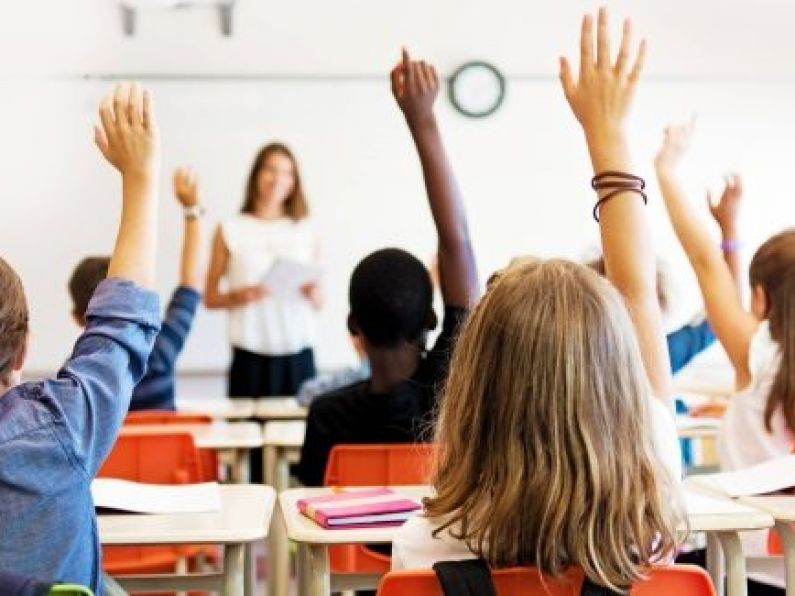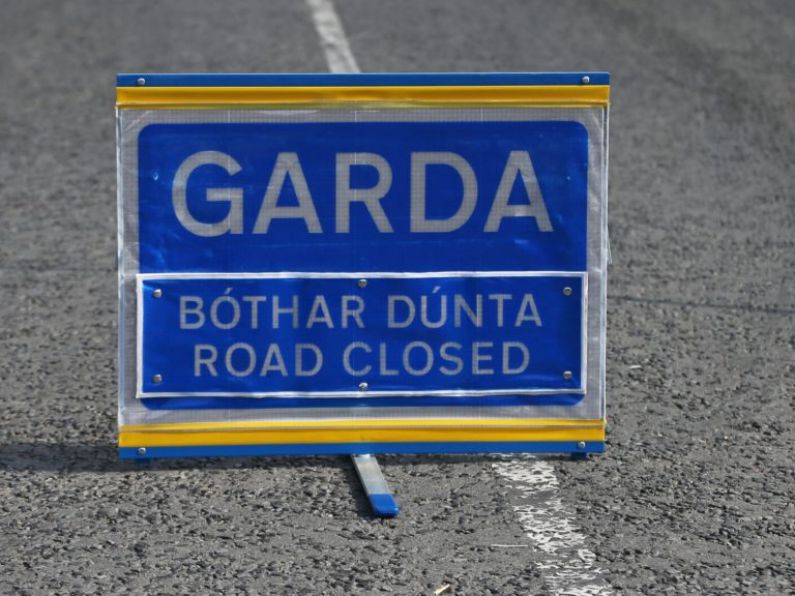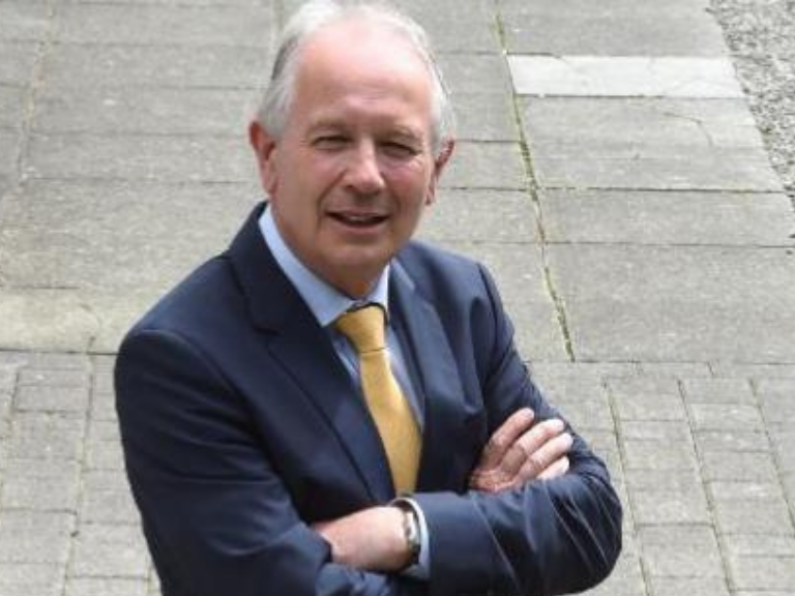A public health expert has taken to Twitter to explain the logic behind the planned reopening of schools as the country sees rising case numbers of Covid-19.
Concerns have been raised about Government plans to reopen schools at the end of this month, which will see enhanced cleaning regimes and the hiring of more substitute teachers, as some teachers and parents have said schools are ill equipped to manage the return of full classrooms.
It comes as Taoiseach Micheál Martin was confronted by a school teacher on a street in Co Cork yesterday, as she called the current plans for classes to hold up to 30 children “criminal” and pleaded with him to consider a “Plan B”.
Professor Philip Nolan, Chair of NPHET’s epidemiological modelling advisory group, has now laid out an explanation of the plans to reopen schools in response to criticism that they are in conflict with new Covid-19 restrictions that have limited most indoor gatherings to just six people.
“If we can only have six people in our houses, how can we have 30 children in a classroom? It’s a reasonable question. But it’s not a contradiction; in fact, these measures are connected and coherent,” he said.
Mr Nolan said that allowing the reopening of schools while reducing contacts in other areas of society – such as in workplaces and at sporting events – was about lowering “the total number of contacts at a population level.”
“The virus spreads by finding ways to transmit from the very small number of people who have it (fewer than one in 2,000 right now) to all those who are susceptible to it,” he said.
“We have about five million people in the country. If each of us had, as we would have this time last year, say 10 close contacts per day, that’s 25 million opportunities per day for the virus to transmit.”
“About one million of the population are of school-going age. If the other four million reduce their close contacts to, say, just two per day, we are down to nine million close contacts per day.”
Simply put, if older adults starve the virus of opportunities to transmit, the young can have the higher numbers of contacts that classroom education requires.
Mr Nolan said this means that opportunities for the virus to spread are reduced by more than 60 per cent.
He said further behaviour to reduce the risk of transmission in schools and between close contacts, such as physical distancing, practising hand and respiratory hygiene, and wearing face coverings, could reduce the risk of transmission by about 80 per cent.
“Simply put, if older adults starve the virus of opportunities to transmit (limiting our contacts and being careful) the young can have the higher numbers of contacts that classroom education requires,” he said.
“The sum total of all contacts for the population level remains low.”






